In this guide
Sustainable investment options have been on the menus of large superannuation funds for over 20 years, but they have become much more widely available recently.
This coincides with greater awareness of the impact of businesses on the environment and society, and younger members in particular seeking to align their values with their investments.
These days, most large funds have a sustainable option, and it most often falls into the Balanced category – described by SuperRatings as options with an allocation of 60–76% in growth assets such as shares and the remainder in defensive assets.
Super funds that focus only on responsible investing often offer a range of options in other risk categories as well as sector-focused choices such as Australian shares, and some larger funds are also expanding their offerings. For example, both UniSuper and Aware have sustainable options in the Balanced and High Growth categories, and UniSuper also provides a standalone sustainable shares fund.
Sustainable investment approaches are evolving
The most common approach when building sustainable options is to apply a negative screen to existing fund portfolios. Negative screens exclude companies with activities that can harm the environment or society, such as fossil fuels, weapons, gambling, alcohol and tobacco, and modern slavery.
Recently, a string of industry super funds announced net zero emissions targets and plans to exit investments in thermal coal companies.
There is also growing interest in screening for companies making a positive impact on the planet and society and super funds are increasingly taking a more active role by engaging with companies and using their shareholder voting rights to promote environmental, social and governance (ESG) issues.
While the increasing availability and diversity of sustainable investment options has removed one roadblock for people who want to align their investments with their values, historically returns and fees have been an issue for more pragmatic investors.
For example, the ASX Australian Investor Study 2023 found ethical/ESG factors were way down the list of investment priorities, behind returns, risks, fees, tax, diversification and professional advice received. Only 5% of SMSF investors and 6% non-SMSF investors named ethical/ESG factors among their top three considerations.
Can sustainable options compete on performance?
Investors are frequently reluctant to choose sustainable options for fear they can’t match the performance of a more traditional portfolio.
In 2022, sustainable options did have a tough year with soaring oil and gas prices bolstering the returns of funds with exposure to these areas, leaving options avoiding fossil fuels lagging.
Despite this short-term setback, long-term returns for sustainable options are competitive with the broader market. According to SuperRatings insights manager Joshua Lowen: “Sustainable option performance rebounded over 2023, benefitting from the strong returns seen in global equities, which is a key asset class for many sustainably focused investments. While the returns more than made up for the tough year in 2022, sustainable options generally performed in line with the broader Balanced options without a dedicated sustainable focus.”
During the year to June 2024, international technology and Australian banking shares have been the main drivers of high returns and sustainable options have shared in that growth.
Top 5 sustainable Balanced options
The table below lists the five sustainable Balanced options that achieved the highest returns in the year to June 2024, according to SuperRatings. Although one is named Growth, its asset allocation places it into the Balanced category using SuperRatings guide of 60–76% growth assets.
Where they are available, five and 10-year average returns have also been provided.
| Name | 1-year return | 5-year return | 10-year return |
|---|---|---|---|
| Raiz Super – Emerald | 14.8% | 8.4% | – |
| UniSuper – Sustainable Balanced | 12.2% | 7.0% | 7.9% |
| Vanguard Super SaveSmart – Ethically Conscious Growth | 12.2% | – | – |
| Aware Super Future Saver – Balanced Socially Conscious | 11.1% | 7.5% | 7.8% |
| Future Super – Balanced index | 10.1% | 5.3% | – |
Investments with a sustainable focus have performed well during the 2023–24 financial year with Raiz Super’s Emerald investment option reporting the highest balanced option return at 14.8%. By comparison, the top mainstream balanced option returned 12.2% over the same period. Raiz was also the top performing sustainable option over five years, with a return of 8.4% per year.
Looking ahead
Historically, fees for sustainable options have been higher than those for standard Balanced options. However, in recent years there has been significant downward pressure. Carefully considering fees is part of any decision to choose a super fund because paying too much will erode the benefit of good returns. The returns listed above are net of investment fees and taxes, but super funds charge administration fees separately, so be sure to read the PDS.
While sustainable funds have been performing well, past performance is no guide to the future. Lowen suggests new investors consider their goals and do their research to choose a suitable option.
“We encourage members thinking of investing in sustainable options to engage with their chosen fund to ensure they understand how the fund invests and that this aligns with the members’ goals in choosing a sustainable option.”



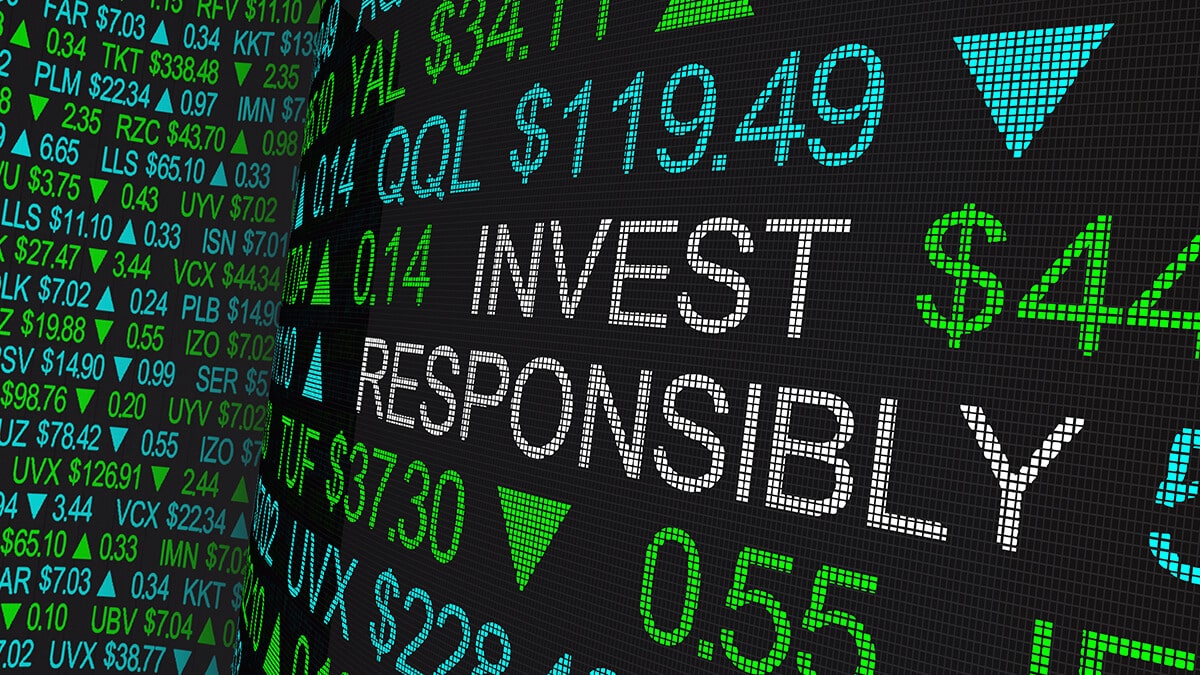

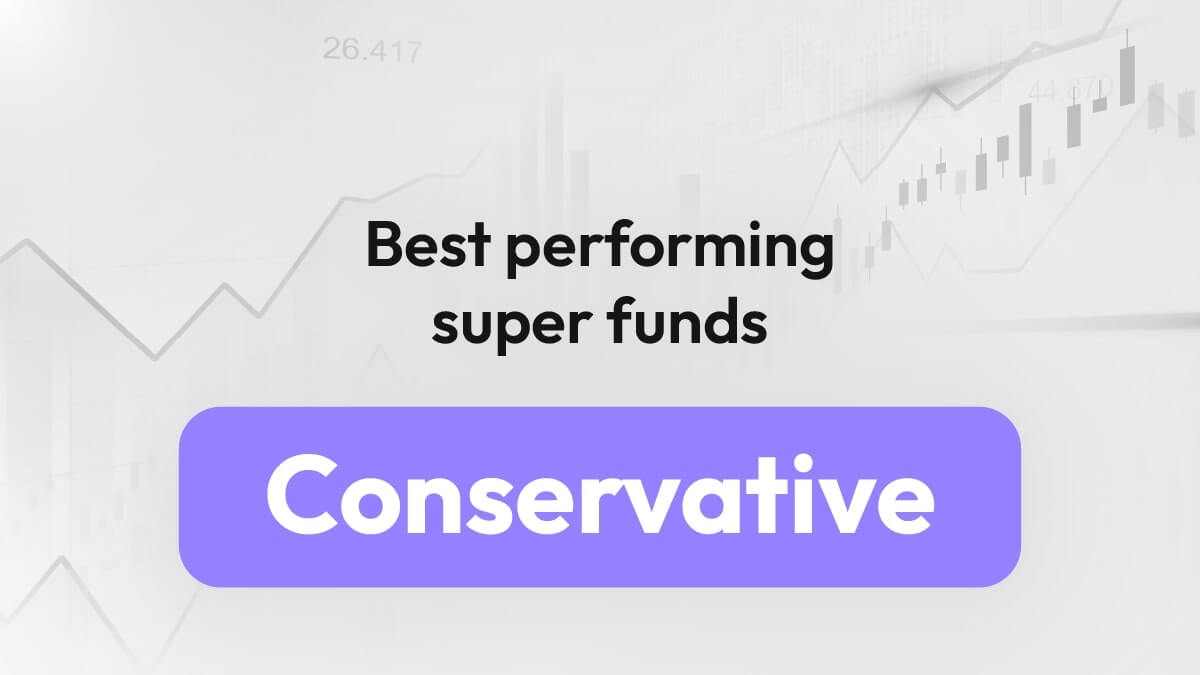
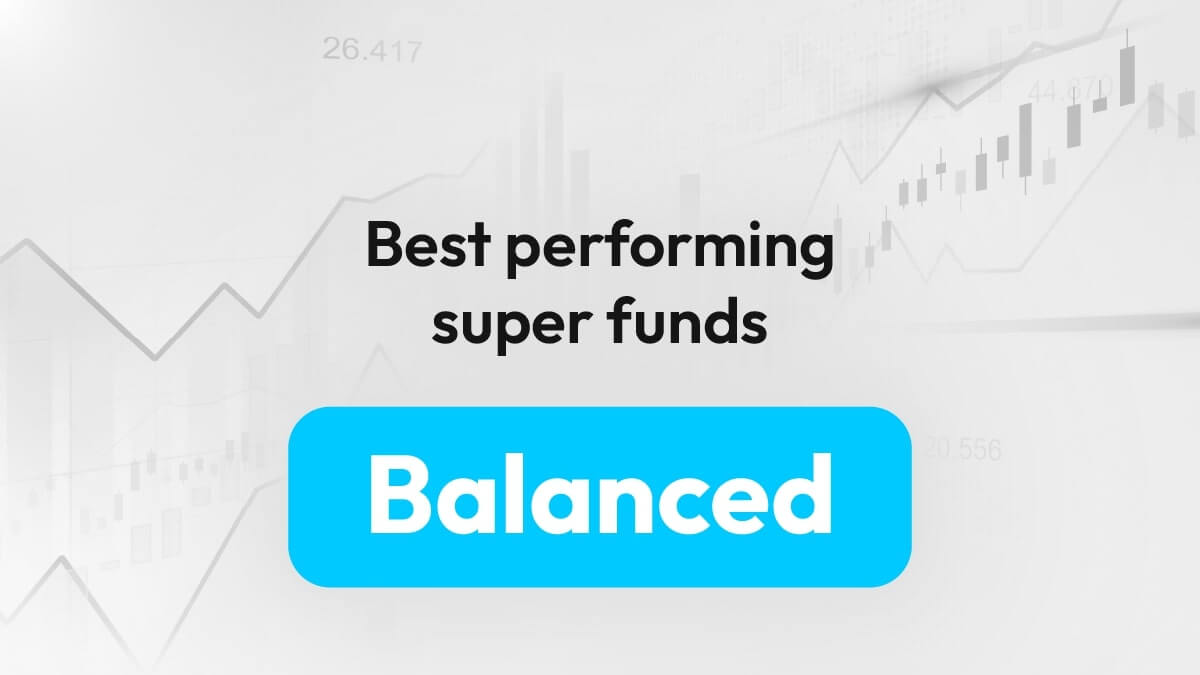
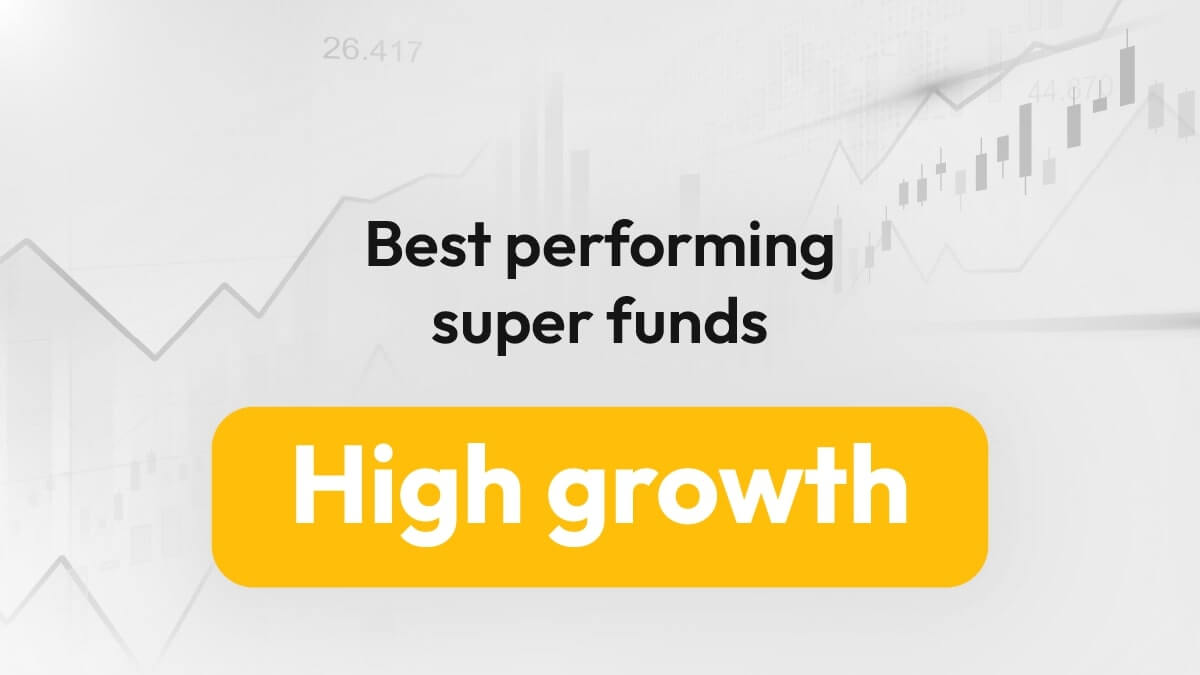
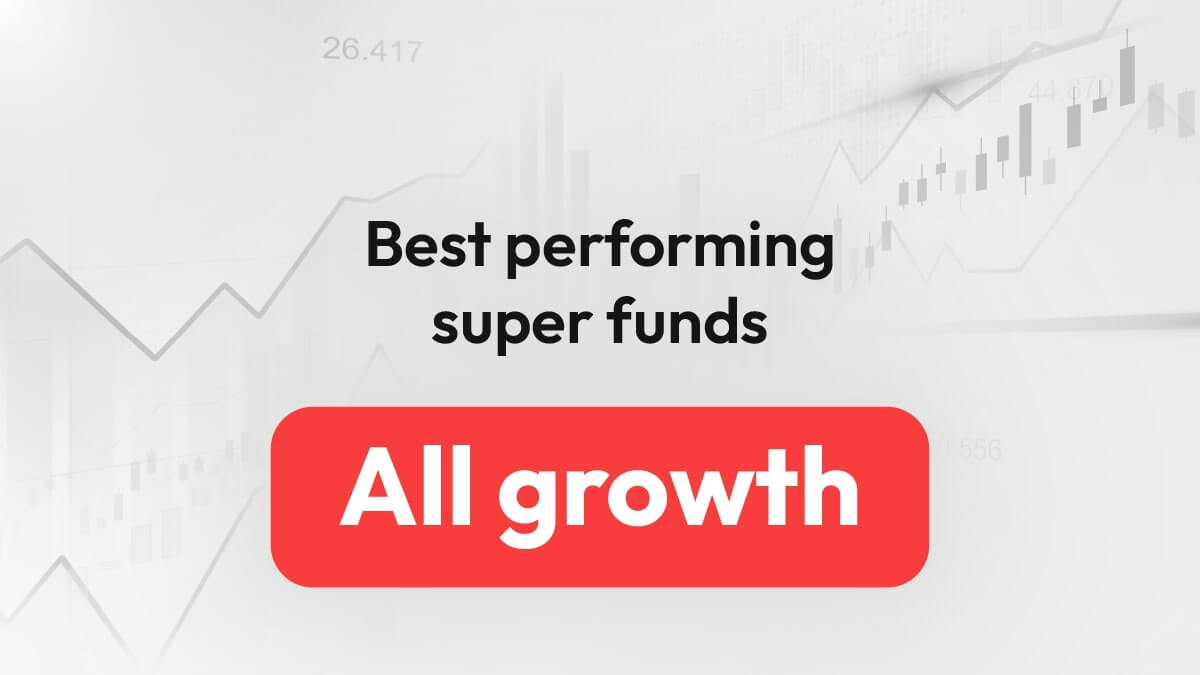
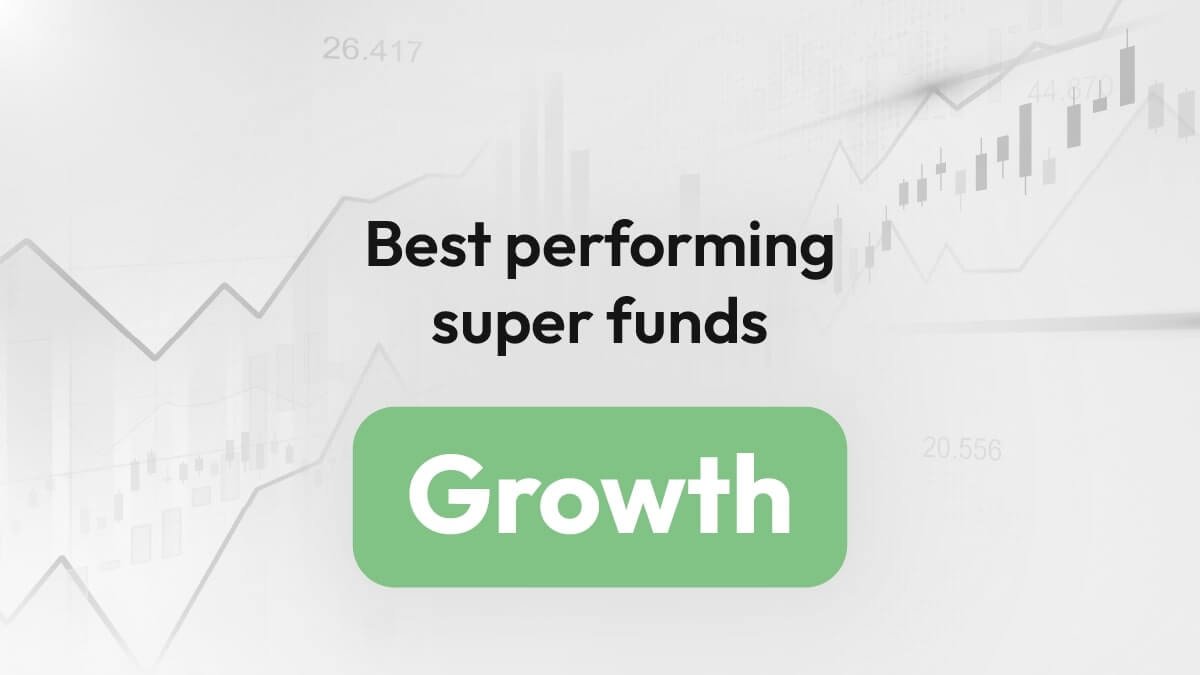
Leave a comment
You must be a SuperGuide member and logged in to add a comment or question.